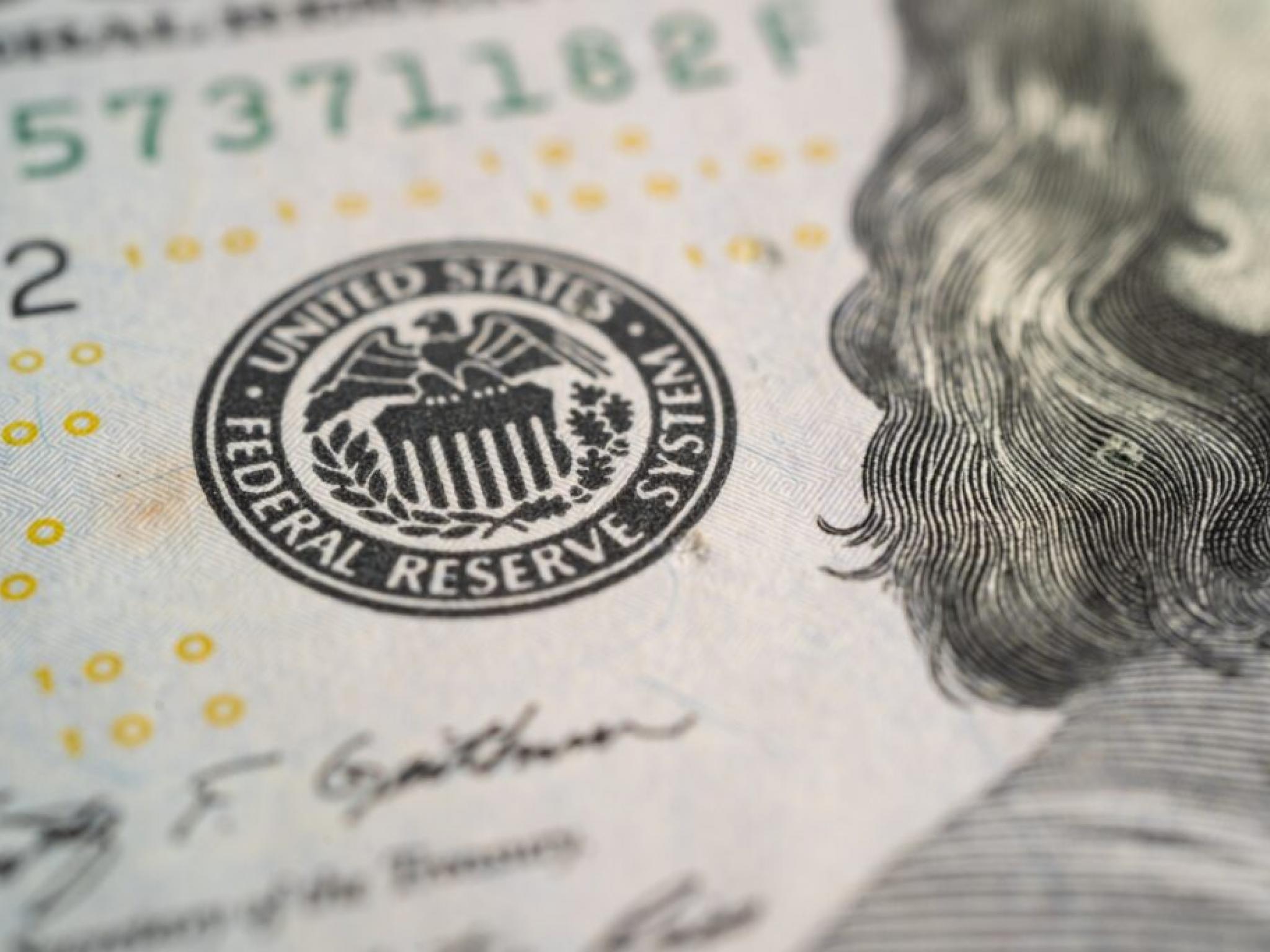As global financial markets absorb the impact of renewed trade tensions and rising interest rates, QCP Capital notes a critical shift in the Federal Reserve’s focus away from inflation and toward recession risk.
What Happened: In its commentary published on Wednesday, the Singapore-based trading firm said signs of a Fed pivot are emerging, yet Bitcoin (CRYPTO: BTC) has failed to behave like a safe-haven asset in this evolving macro landscape.
“The Fed’s attention is turning toward recession risk,” QCP wrote, citing recent comments from Federal Reserve Governor Christopher Waller, who suggested that inflationary pressures may now be “transitory.”
This follows a volatile bond market, where the 10-year U.S. Treasury yield rose to 4.6% and the 30-year yield surpassed 5%, creating unease across equity and crypto markets.
Despite growing anticipation of Fed rate cuts, markets are pricing in 3.5 cuts for 2025 and Bitcoin has not followed gold in rallying amid geopolitical and economic uncertainty.
“Unlike gold, BTC has not caught a safe-haven bid,” QCP stated. “The ‘alternative store of value’ narrative isn’t gaining traction in the current macro regime.”
Gold has rallied consistently, buoyed by falling confidence in traditional safe-haven assets like U.S. Treasuries and the dollar, according to the firm.
Bitcoin, by contrast, has remained range-bound, with investor positioning still largely defensive. “Participants are still focused on hedging their downside until greater clarity emerges,” QCP added.
Also Read: Bitcoin Poised To Rise If Macro Obstacles Clear, Bitwise’s Matt Hougan Says
Why It Matters: Meanwhile, macroeconomic disruptions caused by trade tariffs are straining liquidity across asset classes.
Speaking with Benzinga, Vlad Kamyshov, CEO of Defi protocol EVAA Protocol, warned that “tariff escalations and retaliatory trade measures” are feeding inflation and forcing central banks like the Fed to delay easing.
This tightening of financial conditions is draining capital from risk-on assets, including cryptocurrencies.
Kamyshov also noted the knock-on effects for stablecoins: “As the dollar strengthens, USD-pegged stablecoins face indirect pressure.”
A rise in the DXY index, coupled with short-term Treasury volatility, raises concerns about stablecoin peg stability, particularly for algorithmic or undercollateralized models.
DeFi platforms, heavily reliant on stablecoin liquidity, are also feeling the squeeze. Total Value Locked (TVL) in protocols like Aave and Compound has started to contract.
“Lower stablecoin inflows can lead to thinner liquidity, wider spreads, and less efficient lending and trading,” Kamyshov said.
Still, some users are seeking refuge in real-world asset-backed stablecoins and multi-currency pools as protection against fiat volatility and dollar reliance.
While DeFi has shown promise as a decentralized hedge, Kamyshov cautioned that its future hinges on whether protocols can “adapt quickly enough to a macro environment defined by inflation, protectionism, and regulatory unpredictability.”
Read Next:
- Why ‘The Next Generation Of On-Chain Will Be Shaped By AI’, According To WalletConnect’s Pedro Gomes
Image: Shutterstock
